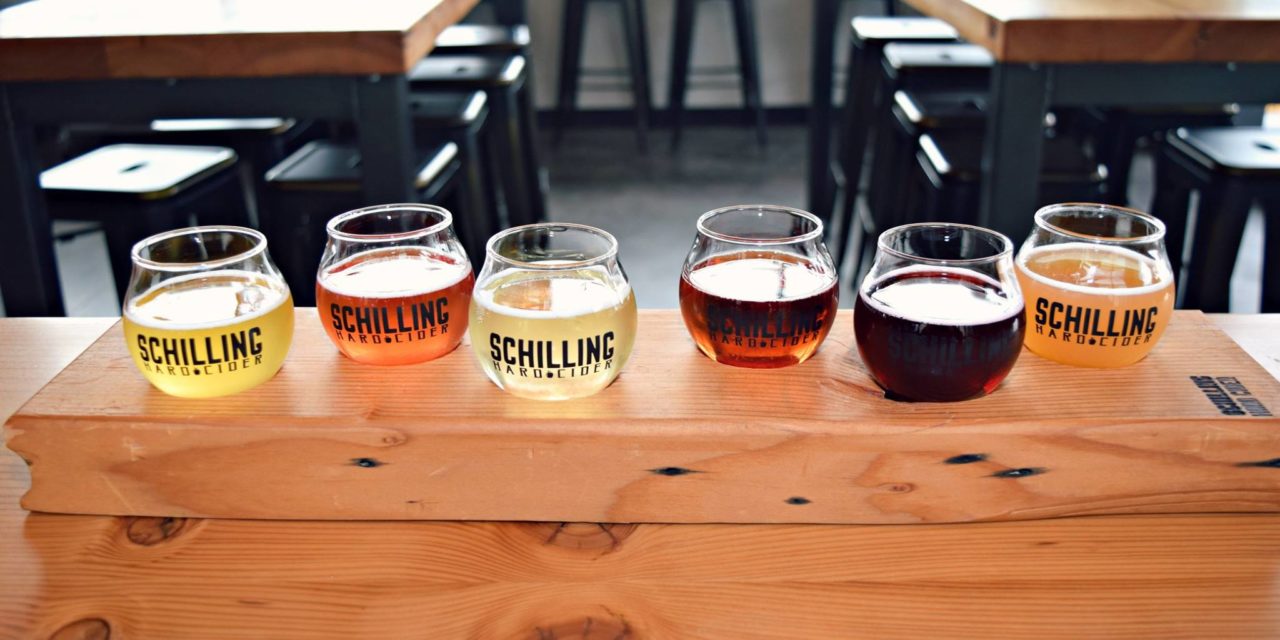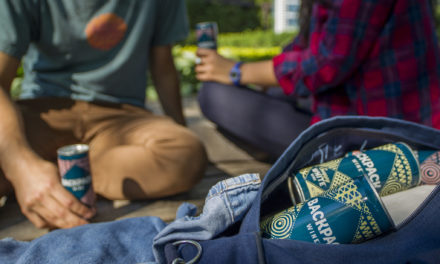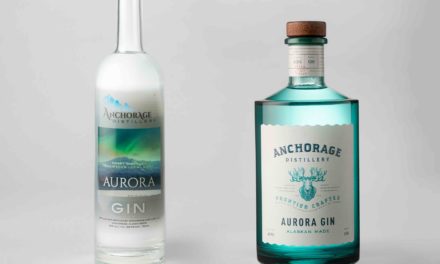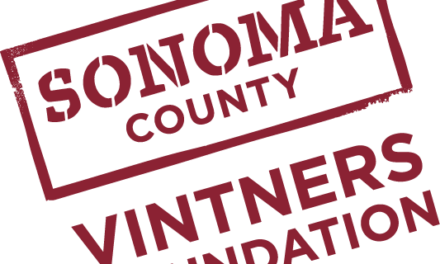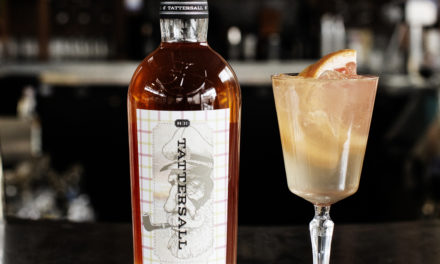Hospitality, the friendly and generous reception of visitors and guests, can come in many forms, including the welcoming smile of a hostess, the prompt delivery of menus, or a knowledgeable server taking the time to help a patron sort through that menu. With well-established beverage categories, such as beer and wine, server and patron will generally have some basic frame of reference from which to start—a general understanding of the characteristics of Pinot Noir, for example.
It may not be quite so straightforward when dealing with cider.
A decade ago, there were 98 companies making cider in the United States. As of January 2018, that number has exploded to 820, with every state but two (Nevada and Wyoming) home to at least one cidery. Such rapid growth, combined with ciders that cover every possible flavor profile and a still-emerging language with which to describe them, can leave consumers struggling to choose a cider that will satisfy, let alone delight. And sample tastes aren’t always practical, especially for a bar or restaurant that has more than a handful of ciders on the menu.
One popular solution to this dilemma is the tasting flight, which takes a cue from craft brewers. Instead of driving servers a little mad with endless sample requests before settling on a full-size pour of a single cider, customers can choose a selection of ciders, typically four to six, at a smaller volume. Two-ounce pours are common for tasting flights, and customers love them—at Schilling Cider House in Seattle, Wash., flights make up 80 percent of sales—even if they end up paying more per ounce of cider than they would if they had ordered a standard pour.
Tasting flights aren’t without their issues, however. They require a separate set of glassware, which is not only its own expense but generates additional costs for both cleaning and storage. There’s also the expense and storage issues of serving paddles. Flights can also slow a staff down with the extra time it takes to pour multiple small glasses.
One cider-centric establishment, The Northman in Chicago, Ill., has established its own method to find out just what customers want. Upon being seated, customers are served a complimentary two-ounce pour of the house cider. Made for them by a nearby cidery, it’s sparkling, semi-dry, medium-bodied, easy to drink and a terrific starting point for a conversation with the server: How is it? Too sweet? Too dry? Just right? Looking for a little more funk or tannin or acid, or other fruits? Together, you explore the possibilities on the extensive cider menu (generally in the neighborhood of 175 ciders—22 on draft, 12 by-the-glass, and the rest in bottles or cans).
Even with a well-trained staff, the customer may not end up loving what they ultimately order. But the interaction still feels attentive and welcoming—and isn’t that what hospitality is all about?

